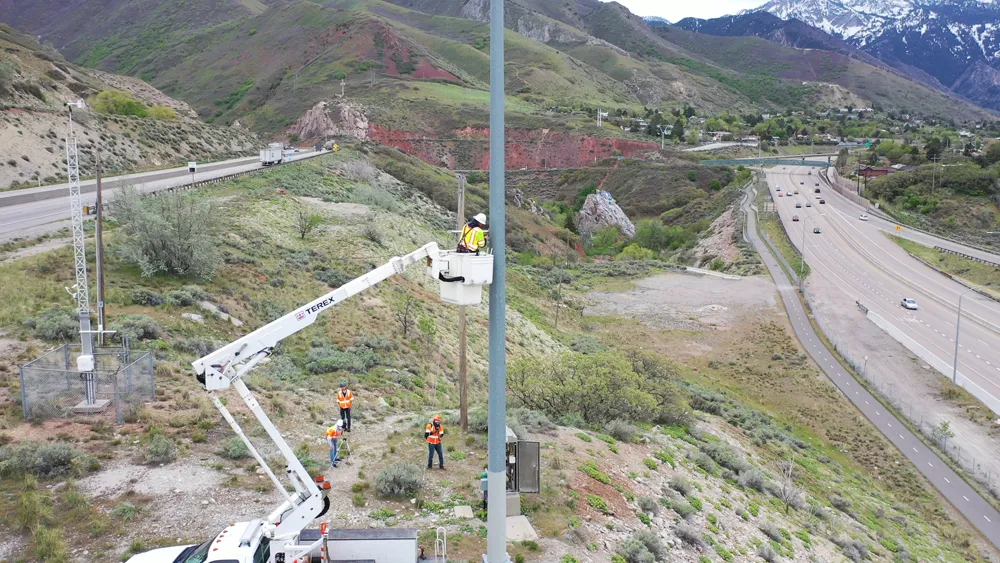Combining Panasonic’s CityNOW Smart platform, which uses connected technology to develop a custom solution for smart cities, with TransitScreen’s experience in simplifying complex data, software development, the two companies aim to transform the infrastructure supporting urban transportation.
The technology provides real-time, multi-screen displays detailing transit arrival times, local points of interest, and live events at transit agencies, smart bus shelters, airports, street kiosks, stadiums and arenas, municipal buildings, and university stadiums.
According to Tom Gebhardt, Panasonic Corporation of North America chairman and CEO, partnering with TransitScreen allows Panasonic to augment its CityNOW solutions in transportation and mobility with rich transportation data, supporting all types of mobility customers. TransitScreen’s IoT technologies will create a smoother, more seamless experience for residents and visitors alike in key cities by providing people with the transit and local event information they need right when they need it.
The partnership will kick off in Denver, Colorado, with integration in Panasonic’s CityNOW base at the Denver Peña Station Next, a connected community leveraging Panasonic’s smart and sustainable technologies to support residents, businesses and visitors. The Panasonic and TransitScreen partnership will scale to other US cities in the future.
Panasonic and TransitScreen partner to bring connected technologies to growing cities
Panasonic Corporation of North America and TransitScreen have today announced a strategic alliance to bring advanced IoT applications to smart cities around the US, with the aim of providing city residents and visitors with real-time transit and transportation information to enable more informed commuting and travel decisions.
June 21, 2017
Read time: 2 mins









